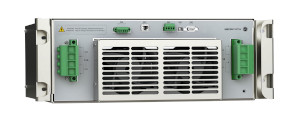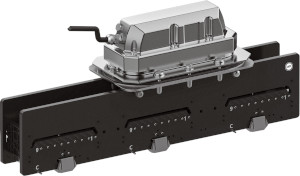The energy transition is taking place decentralized in the distribution grids. While there are hurdles along the way, renewables already offer unique opportunities, especially for communities and municipalities.
Decoupled, self-sufficient DC grids — how energy transition works in distribution grids
When people say energy transition, they often mean isolated grids, decoupled low-voltage, and DC grids. Because: With their growing generation capacities, local grids are to become increasingly independent of upstream grids. Or renewables are fed directly into the higher grid levels without significant conversion losses.
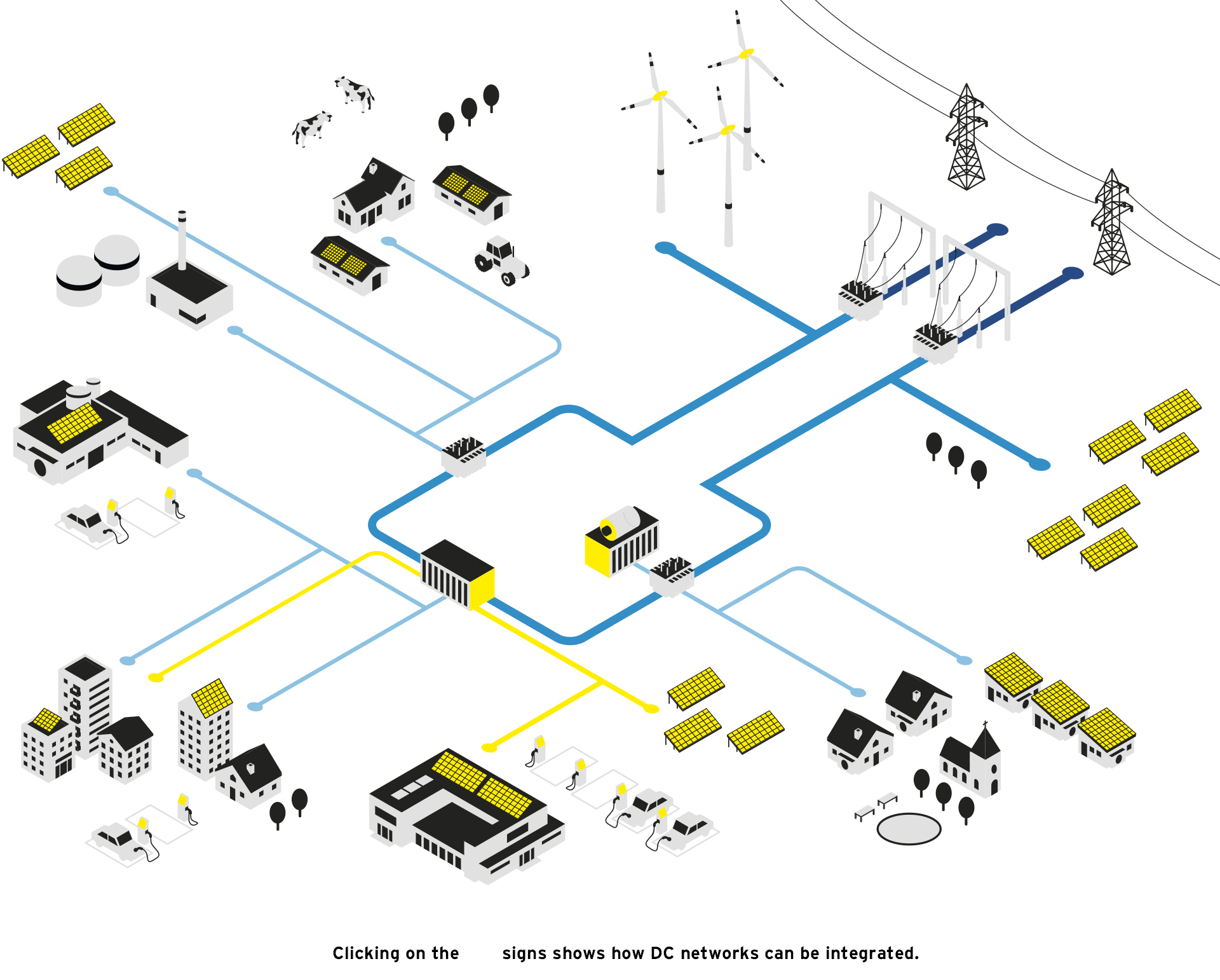
The energy transition is almost inevitably more dynamic in rural areas than in metropolitan areas because only there is sufficient space available to build up a stable mix of renewable generators. In Central European latitudes, fifty square meters of area is enough to supply an average household with solar energy and new heating technologies. However, the responsibility for this cannot realistically lie with individuals. Municipal projects that combine wind and solar energy with storage technologies and other, more land-intensive renewables can help rural communities in particular move toward self-sufficiency and energy transition.
Decentralization is the magic word. Feeding solar power into the public grid at midday will continue to make no economic sense in the future due to low demand and low prices. As a result, more and more households are already moving toward storing their own solar power and becoming increasingly independent from electricity suppliers. Before this can happen, however, legislatures must set the regulatory course.
For communities and municipalities, this development offers even greater opportunities: they can consume their own electricity in a cooperative while feeding surpluses into the upstream grid. While the battery storage and converter systems or power-electronic grid couplings required for decoupling or even self-sufficiency are costly for individual households, they represent sensible investments for municipalities. They also pay for themselves quickly — not least because they allow DC grids to be implemented and conversion losses to be minimized.
A technical alternative for network operators to harmonize fluctuating loads and generation between local networks and medium voltage are voltage regulation distribution transformers. With these so-called VRDTs, the performance of the networks can be increased without the need for cost-intensive line expansion.
Experts agree that battery storage at all grid levels is the linchpin for the success of the energy transition. By 2030, 250 GWh of storage capacity will be needed for Germany alone. This was calculated by specialists from Europe’s largest solar research institute, Fraunhofer ISE. As of today, Germany only has 4 GWh.
So there is a lot to do.
But a look behind the scenes reveals: Much of the groundwork has already been laid.

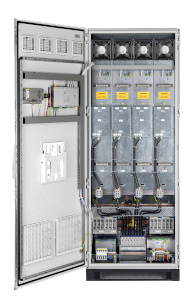 Converter systems enable DC-AC supply in low voltage and help to realize energy storage systems. The GRIDCON® Power Conversion System PCS is also modularly.
Converter systems enable DC-AC supply in low voltage and help to realize energy storage systems. The GRIDCON® Power Conversion System PCS is also modularly.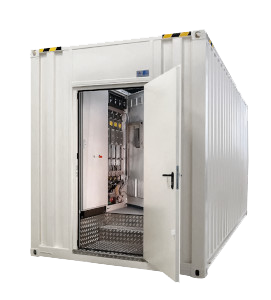 Decoupling from upstream grids is essential for building a community energy supply. GRIDCON® BESS is an energy storage system with power quality management. This resource enables system services in the grid and optimizes energy management.
Decoupling from upstream grids is essential for building a community energy supply. GRIDCON® BESS is an energy storage system with power quality management. This resource enables system services in the grid and optimizes energy management.